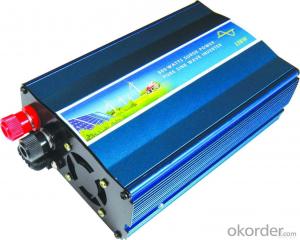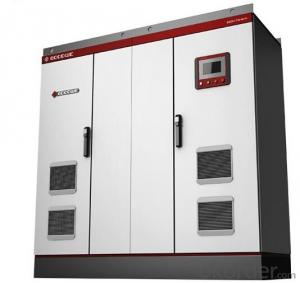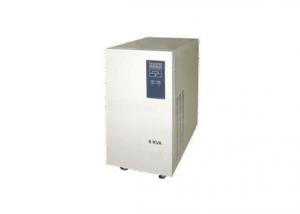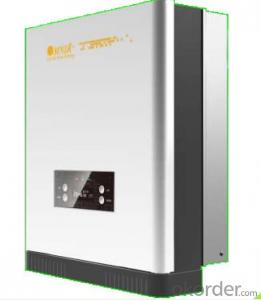On Grid Solar Inverter 10kw
On Grid Solar Inverter 10kw Related Searches
Off Grid Solar Inverter 10kw 10kw Off Grid Solar Inverter Solar Inverter 10kw 10kw Solar Inverter 10kw Inverter Solar Solar Inverter 10 Kw Solar Power Inverter 10kw 10kw Solar Power Inverter 10kv Solar Inverter 10kw Solar Grid Tie Inverter 10kw Solar Hybrid Inverter Solar Inverter Hybrid 10kw 10kw Hybrid Solar Inverter Hybrid Solar Inverter 10kw 10 Kw Hybrid Solar Inverter 10 Kva Solar Inverter Solar Inverter 10kva 10kva Solar Inverter On Grid Solar Inverter 10k Solar Inverter Solar Edge Inverter 10kw On Grid Inverter Solar 10 Kva Hybrid Solar Inverter 10kw Solar Edge Inverter On Grid Solar Power Inverter 10kva Solar Hybrid Inverter 10kva Inverter Solar System On Grid Hybrid Solar Inverter On Grid Solar System Inverter On Off Grid Solar InverterOn Grid Solar Inverter 10kw Supplier & Manufacturer from China
On Grid Solar Inverter 10kw is a high-performance solar power conversion device designed to efficiently convert the energy generated by photovoltaic panels into usable electricity for grid-connected systems. This product is essential for harnessing the power of the sun and integrating it into the existing power grid, ensuring a seamless and reliable energy supply. The On Grid Solar Inverter 10kw is widely used in residential, commercial, and industrial settings where solar energy is being harnessed to reduce electricity bills and contribute to a sustainable environment. These applications include rooftop solar installations, solar farms, and various off-grid power solutions that require grid-tied capabilities.The On Grid Solar Inverter 10kw is known for its robust design, advanced features, and reliable performance, making it a popular choice among solar energy enthusiasts and professionals. This product is capable of handling the varying demands of solar energy generation and ensuring that the power is fed into the grid without any interruptions. The inverter's intelligent control system and high efficiency ratings contribute to its popularity, as they help maximize energy output and minimize energy waste. Users of the On Grid Solar Inverter 10kw can expect a long service life and minimal maintenance, thanks to the product's durable construction and advanced protection mechanisms.
Okorder.com is a leading wholesale supplier of the On Grid Solar Inverter 10kw, offering a vast inventory of this product to cater to the needs of various customers. As a reliable source for solar energy solutions, Okorder.com ensures that the On Grid Solar Inverter 10kw is available at competitive prices and with prompt shipping options. This makes it easier for businesses and individuals to access this essential solar power conversion device and integrate it into their renewable energy projects. With Okorder.com's commitment to quality and customer satisfaction, users can be confident in the performance and reliability of the On Grid Solar Inverter 10kw, knowing that they are backed by a reputable supplier with a strong track record in the solar energy industry.
Hot Products















































